Myths about teaching can hold you back
- Year 9
Competition
I can describe resources that organisms have to compete for and explain how adaptations can be helpful.
- Year 9
Competition
I can describe resources that organisms have to compete for and explain how adaptations can be helpful.
These resources were made for remote use during the pandemic, not classroom teaching.
Switch to our new teaching resources now - designed by teachers and leading subject experts, and tested in classrooms.
Lesson details
Key learning points
- All living organisms need resources from their habitat to enable them to survive.
- Resources are limited, so individuals are in competition for them.
- Organisms compete for resources such as food, water, space, shelter, light, mates, pollinators and seed dispersers.
- Variation means some individuals are better adapted to compete more successfully than others.
- These individuals have the best ‘fit’ to their environment.
Keywords
Competition - Living organisms struggle for access to limited resources. This struggle is known as competition.
Variation - Differences between organisms of the same species are known as variation.
Adaptation - An adaptation is a feature that helps an organism to function and survive.
Advantage - A feature that helps an organism to compete more effectively in its habitat gives the organism an advantage in the competition.
Fittest - Organisms that are the best adapted to their environment are said to be the fittest.
Common misconception
Many learners think that the only way animals compete for resources is through physical aggression.
This lessons contains many examples of how animals and other organisms compete for resources.
To help you plan your year 9 science lesson on: Competition, download all teaching resources for free and adapt to suit your pupils' needs...
To help you plan your year 9 science lesson on: Competition, download all teaching resources for free and adapt to suit your pupils' needs.
The starter quiz will activate and check your pupils' prior knowledge, with versions available both with and without answers in PDF format.
We use learning cycles to break down learning into key concepts or ideas linked to the learning outcome. Each learning cycle features explanations with checks for understanding and practice tasks with feedback. All of this is found in our slide decks, ready for you to download and edit. The practice tasks are also available as printable worksheets and some lessons have additional materials with extra material you might need for teaching the lesson.
The assessment exit quiz will test your pupils' understanding of the key learning points.
Our video is a tool for planning, showing how other teachers might teach the lesson, offering helpful tips, modelled explanations and inspiration for your own delivery in the classroom. Plus, you can set it as homework or revision for pupils and keep their learning on track by sharing an online pupil version of this lesson.
Explore more key stage 3 science lessons from the Adaptations, competition, natural selection and evolution unit, dive into the full secondary science curriculum, or learn more about lesson planning.

Licence
Prior knowledge starter quiz
6 Questions
Q1.What does a habitat provide for all living organism?
Q2.Match the keyword to its meaning.
living organisms struggle for access to limited resources
differences between organisms of the same species
a feature that helps an organism to function and survive
Q3.What adaptations might a plant have in this polar region?
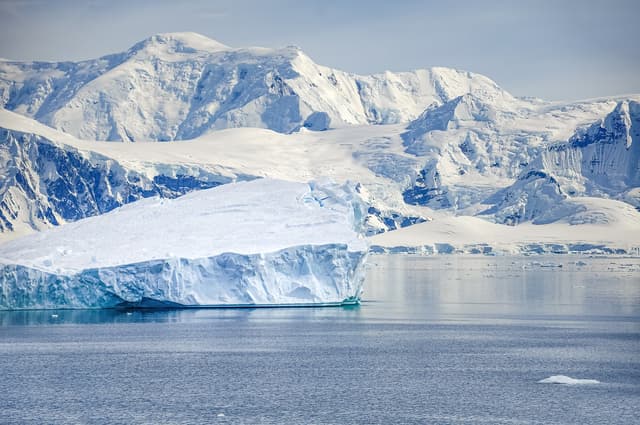
Q4.What feature might a plant that lives in the desert not have??
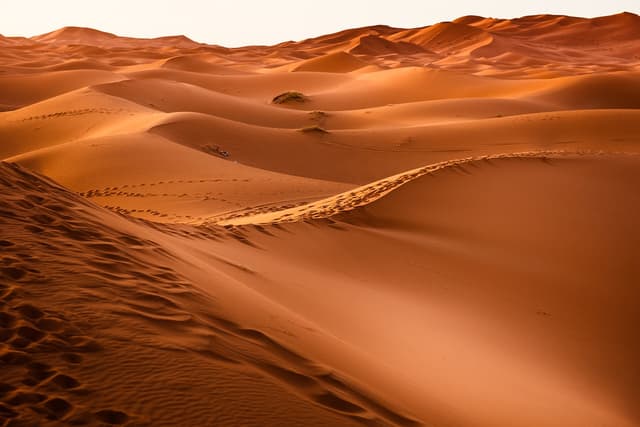
Q5.Match the adaptation to the organism.
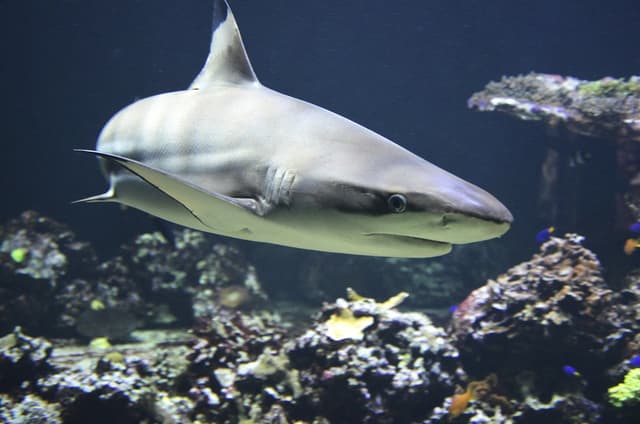
for efficient swimming
to detect prey
to capture and eat prey
to hunt without being detected
Q6.What adaptations might a rainforest plant have?
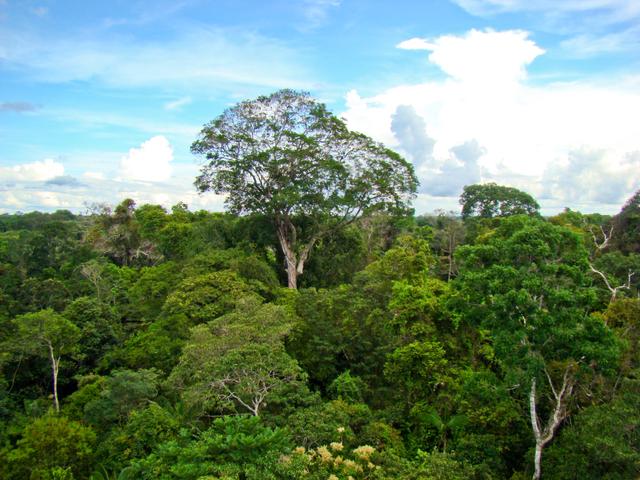
Assessment exit quiz
6 Questions
Q1.What do animals and plants both compete for?
Q2.Which of the following do plants not compete for?
Q3.The best adapted organism can be described as the ...
Q4.Which feature will best help a squirrel to obtain food?
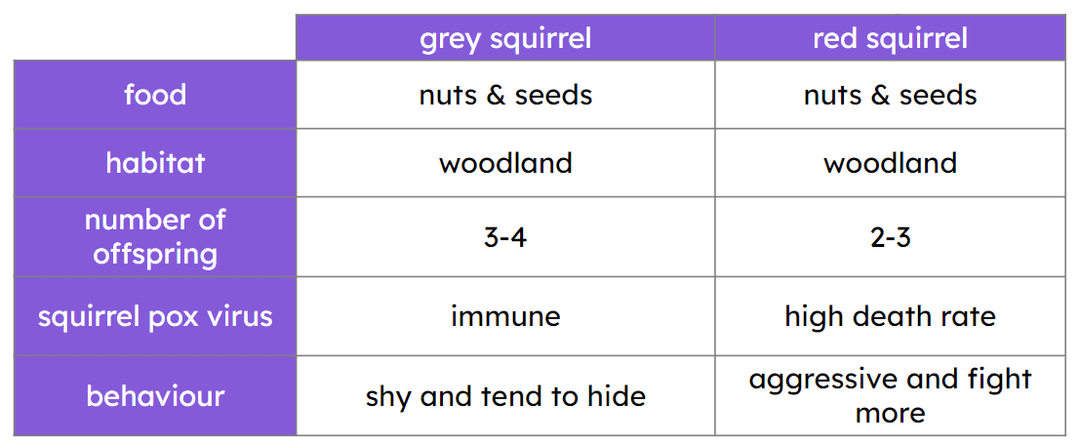
Q5.Match the adaptation to its role in helping the animals survive.
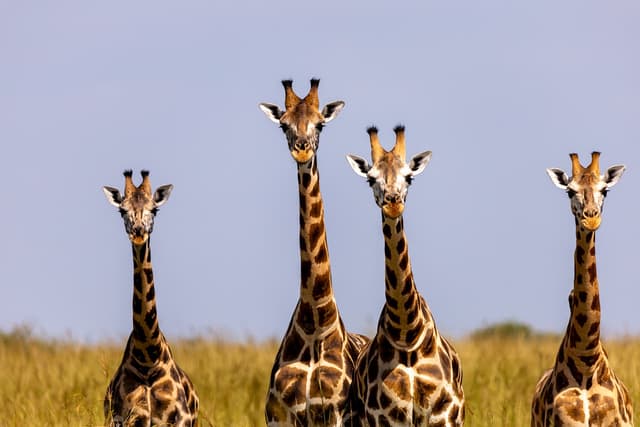
to hear predators
to reach food sources
to camouflage it from predators
to run fast and escape predators
to reach leaves on thorny branches without scratching its face or eyes
Q6.Match the adaptation to its role in helping the plant survive.
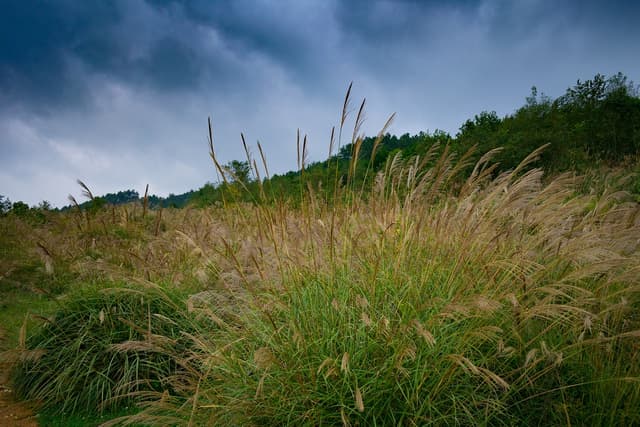
to float and gain as much sunlight as possible
to protect againt predators
to keep the surface dry
to attract insect pollinators


